Louis Meisel: Art Collector, Photorealism Pioneer, Gallerist, Sagaponack Sculpture Field Owner
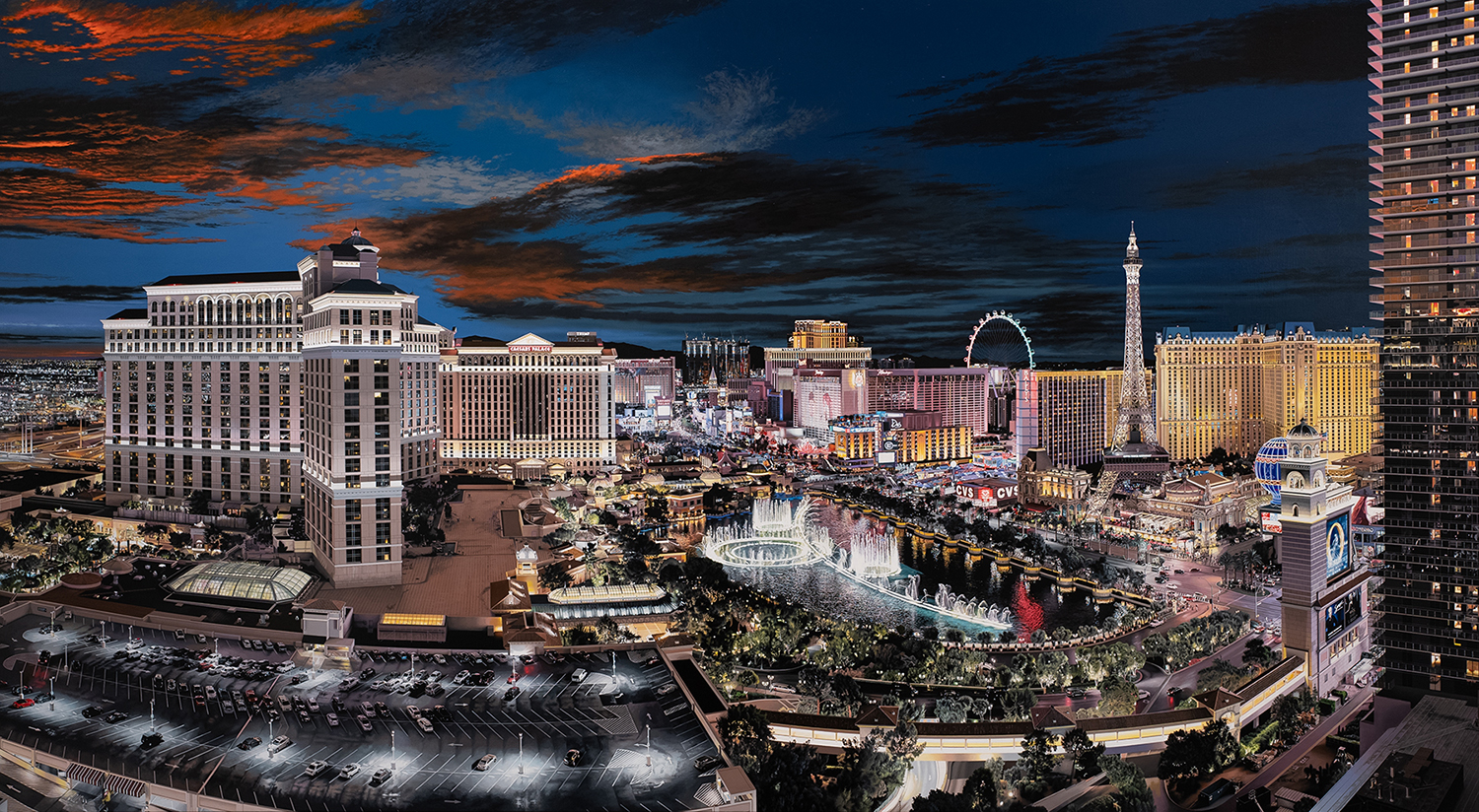
The name Louis Meisel carries a hefty weight in the East End arts scene, yet he is neither a local gallery owner nor artist — instead, he is the creator of the word “photorealism,” expert art collector, owner of Sagaponack Sculpture Field and the Louis K. Meisel Gallery in SoHo, as well as the classical music curator and a board of directors member at the Parrish Art Museum.
“I began my career and my life when I was 14 in September of 1956 by going to the Museum of Modern Art,” Meisel says, looking back at the catalyst moment that would inspire his passion for art collection. By 18, he was a regular at the legendary Cedar Tavern, meeting with art world icons like abstract expressionists Mark Rothko, Franz Kline, Theodoros Stamos and Larry Rivers. Through his connections with this illustrious group of painters, he would go on to befriend many pop artists, which allowed him to witness the development of the “New Realism” movement as it swept the New York art scene.
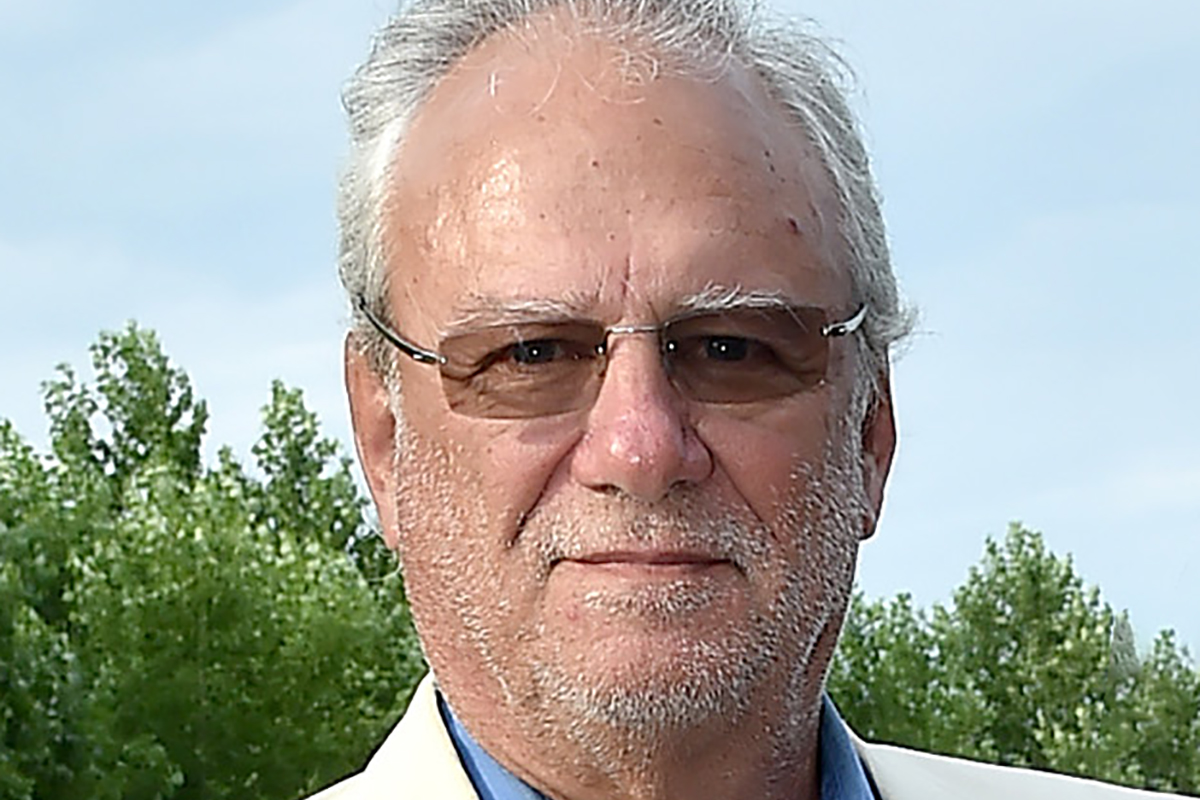
In 1969, Meisel noticed a subset of realism that he would describe as “photorealism.” He defined this conceptual genre as the creation of paintings that appear as photographs in their finished state, and that are created by skilled technical painters who use photography to gather information for each piece. He describes the shift between the original photorealists, such as Richard Estes, who had to be very deliberate with each costly role of film, and today’s painters, such as Bertrand Meniel, who “can shoot 10,000 pictures with a digital camera” and use them to create their desired image composition on the computer before painting.
“I got to see thousands of artists … and in 50 years, I’ve come up with about 50 artists that can do what I was talking about (photorealism),” Meisel says. “Many have dropped by the wayside, and the final count is about 30. The only real difference between the originators and the artists who are working today, which I emphasize in my fourth volume of Photorealism (Digital Age) … is that they have digital cameras and computers.”
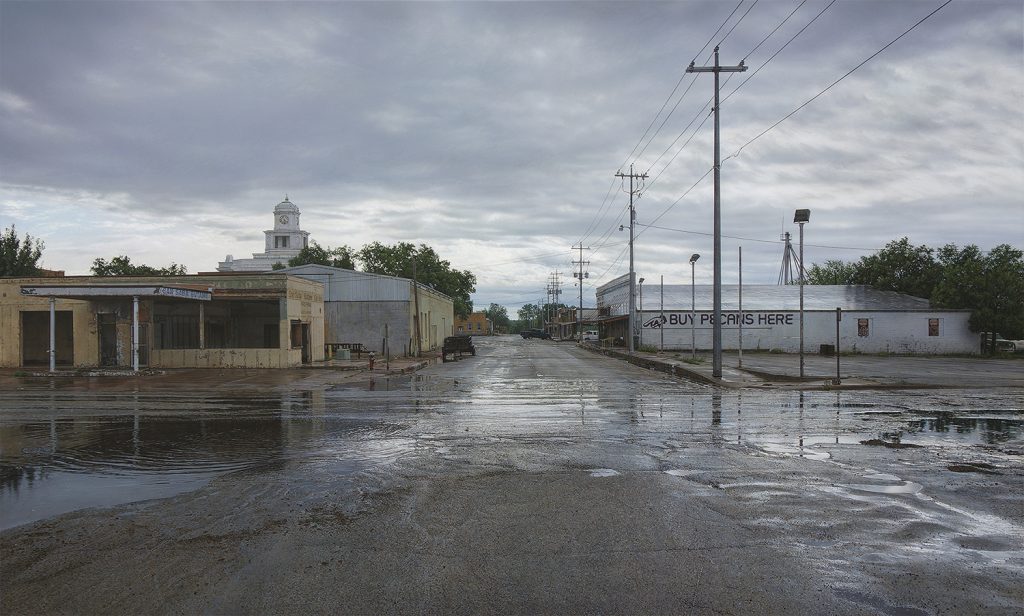
While Meisel is best-known for his connection to photorealism, he and his wife Susan have a personal art collection that is massive and diverse. “Our collection of thousands of works is far more than photorealism,” he says, noting it includes pop art, sculpture and American pin-ups, of which he is a top dealer, collector and historian. “(However), as for my professional career, photorealism is it.”
With an eye for art collecting and a close connection to photorealism and other art movements, Meisel opening a gallery was an inevitability. After a five-year stint as Meisel Gallery on Madison Avenue, the Louis K. Meisel Gallery opened on Prince Street and West Broadway in 1973, now making it, quite possibly, the longest-running gallery in SoHo.
At the time of opening, the idea of a gallery with an emphasis on photorealism had its naysayers. “How are you going to make money off one, two or three paintings a year?” Meisel remembers people asking, but he believed in the undeniable talent of the artists he represented, and 50 years later, it would appear to have paid off.
An important aspect of his gallery’s success is its inviting aura. Meisel remembers the feeling of being ignored by gallerists in those early days, and he made the decision to be more welcoming at his own gallery.
“Our gallery has always been open to everybody,” he says. “Everything we’ve done has always been wide open to the world. Anybody who would walk into my gallery, starting in the ’70s, I was there to talk to them, whether it be an artist showing work, a collector, — no matter who it was — I’m always available, and I have been, in music and art, and everything I do.”
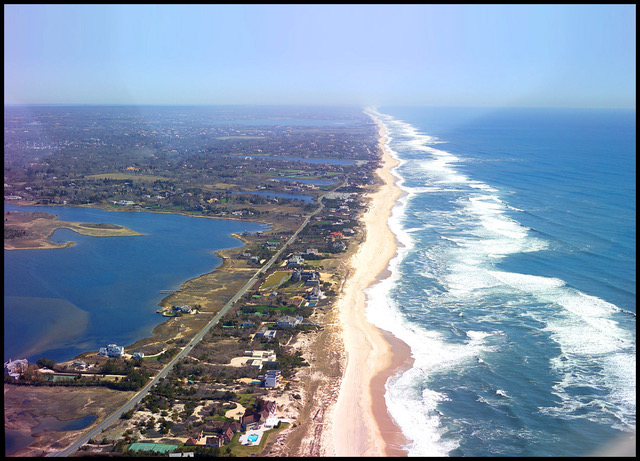
This mantra has extended to the Meisels’ Sagaponack Sculpture Field on Wilkes Lane, where the village resident hung a sign beckoning visitors to enter and enjoy. “That’s the way we are. It’s available for everybody to come and look, any time of day or night, all year round,” he says. The sculptures on display — including works by Audrey Flack, Robert Graham and Joel Perlman — create a unique atmosphere for the many picnics and charity events held on the field. Additionally, last year, he shared his Hans Van de Bovenkamp sculptures with the Dan’s Papers SculptTour, which has placed them throughout the Hamptons until 2023.
This collaboration may only be a temporary arrangement, but Meisel is no stranger to more permanent endeavors. He and his wife have donated artwork to more than 100 museums, including the Parrish Art Museum and, just recently, the Smithsonian American Art Museum, which he promises will have the “best collection of photorealism in the world.”
At his own gallery, Meisel is currently hosting his first exhibition since the pandemic, titled Role Modeling: Tara Lewis X Brooke Shields. Through May 27, visitors to the Louis K. Meisel Gallery in SoHo can view realist portraits of Brooke Shields and her daughters. Then from June 2 through September 3, visitors can gaze upon the emotional works of the late Hollywood composer and artist Bradford Boobis. Looking further ahead, Meisel’s gallery will run a fall exhibition of works by photorealist painters Raphaella Spence, the leading woman artist of photorealism, and Rod Penner, whose latest art book, Rod Penner: Paintings, 1987-2022, debuts this October.
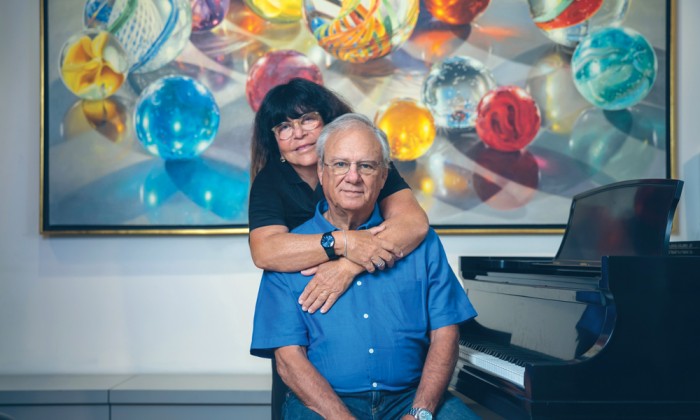
Beyond his work in the art world, Meisel has a steady hand in the music scene, as well, working with the Hamptons Festival of Music, Pianofest of the Hamptons, Concert Artists Guild and the Parrish Art Museum to put on classical concerts. He lives in SoHo and Sagaponack with his wife Susan Meisel, a painter, photographer and real estate expert.
To learn more about Louis Meisel and the Louis K. Meisel Gallery, visit meiselgallery.com. For more on the Sagaponack Sculpture Field, head to sculpturefield.com.



